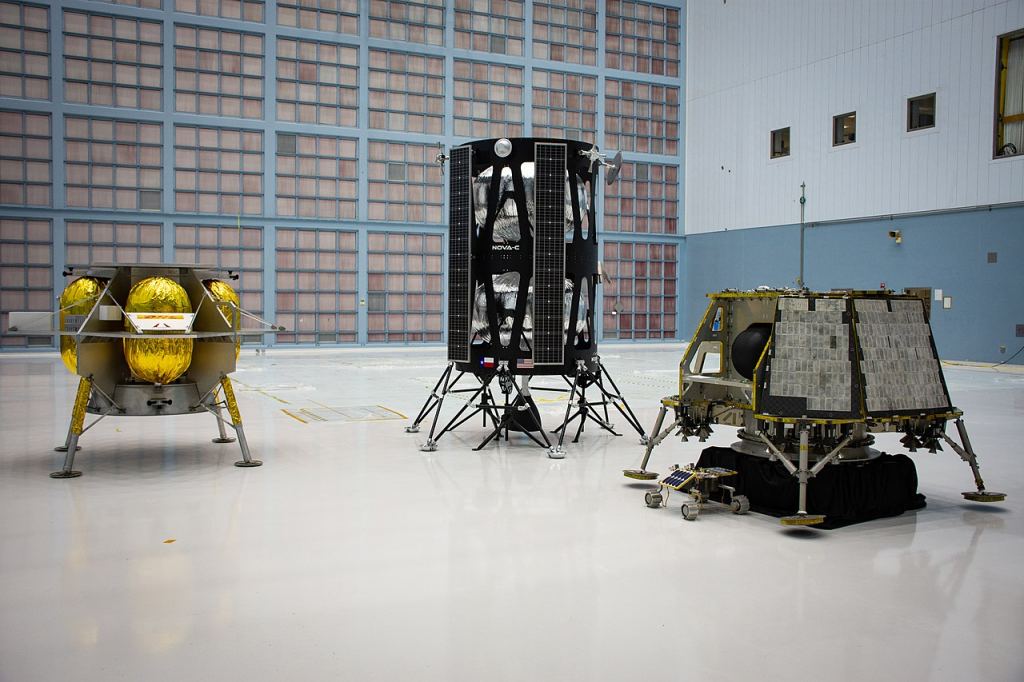The search for life has to be one of the most talked about questions in science. The question is, what do you look for? The Odysseus lunar lander has recently detected signs of a technologically advanced civilisation…on Earth! The lander is equipped with an instrument called ROLSES which has probed the radio emissions from Earth as if it was an exoplanet to se if it could detect signs of life!
Odysseus was launched on 15 February, it was the Intuitive Machines lunar lander and it touched down in the solar polar region of the Moon seven days later. Since then it has been collecting valuable data from the area as a prelude for future human exploration. It was part of the Commercial Lunar Payload Services program which have all been built by private companies. Despite the hiccup of a landing where Odysseus tipped onto its side it has still been performing well.
There have been other challenges along the way. The laser guided navigation system which was supposed to aid the landing over the rocky surface failed. In a nod to Armstrong landing Apollo 11 manually in the last few minutes, the ground crew had to land using the optical camera system alone. Even the journey to the Moon was not without incident. One of the antennae of the ROLSES system overheated and became dislodged from its housing. On landing, an image showed the antenna sticking out.
On board Odysseus is the Radio wave Observations at the Lunar Surface of the photo Electron Sheath or ROLSES for short. It is a radio experiment designed to explore properties of the Earth’s atmosphere from the surface of the Moon. It was a unique opportunity to observe Earth in a completely different way and, to see if our approach for hunting for technologically capable alien civilisations are correct.
The instrument was built at NASA’s Goddard Space Flight Center in Maryland and included radio antennae and a device called a radio spectrometer. It’s purpose was to record a wide range of radio emissions from the ‘radio quiet’ locale of the Moon. It turned out to be a bit of a bonus though as the team were able to record radio waves coming from Earth for about an hour and a half.

We have known for some time that all the signals from mobile phones and TV/radio broadcast have been slowly drifting out into space (and have now reached a distance of just over 100 light years.) All of these emissions are potentially detectable but the further away from Earth, the weaker the signal. Within those signals, the team were able to detect signs of an intelligent, technological civilisation. The attention now will of course turn to hunting down the same signals from exoplanets, but perhaps not from ROLSES, something a little larger may be required.
Source : In new experiment, scientists record Earth’s radio waves from the Moon